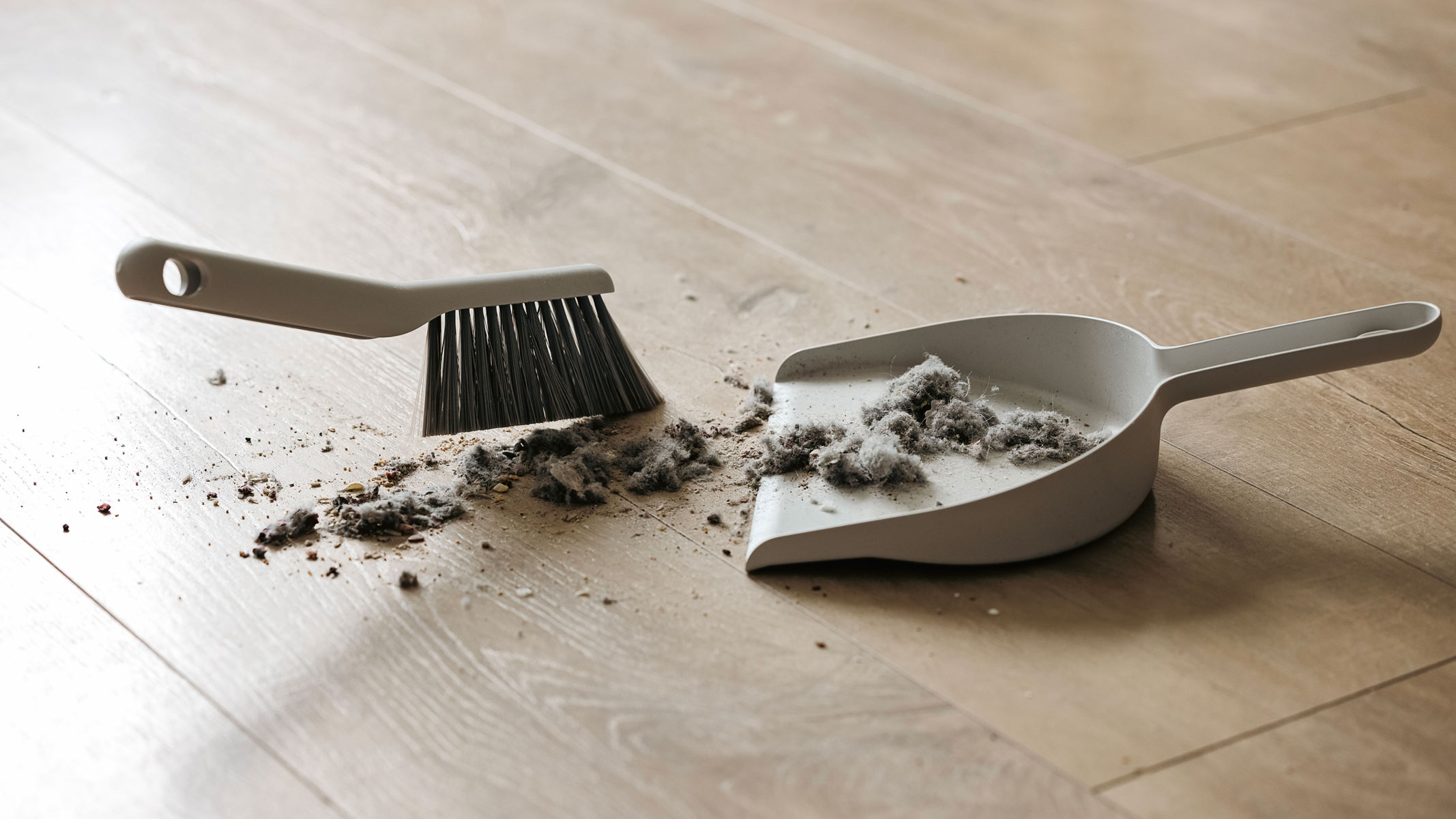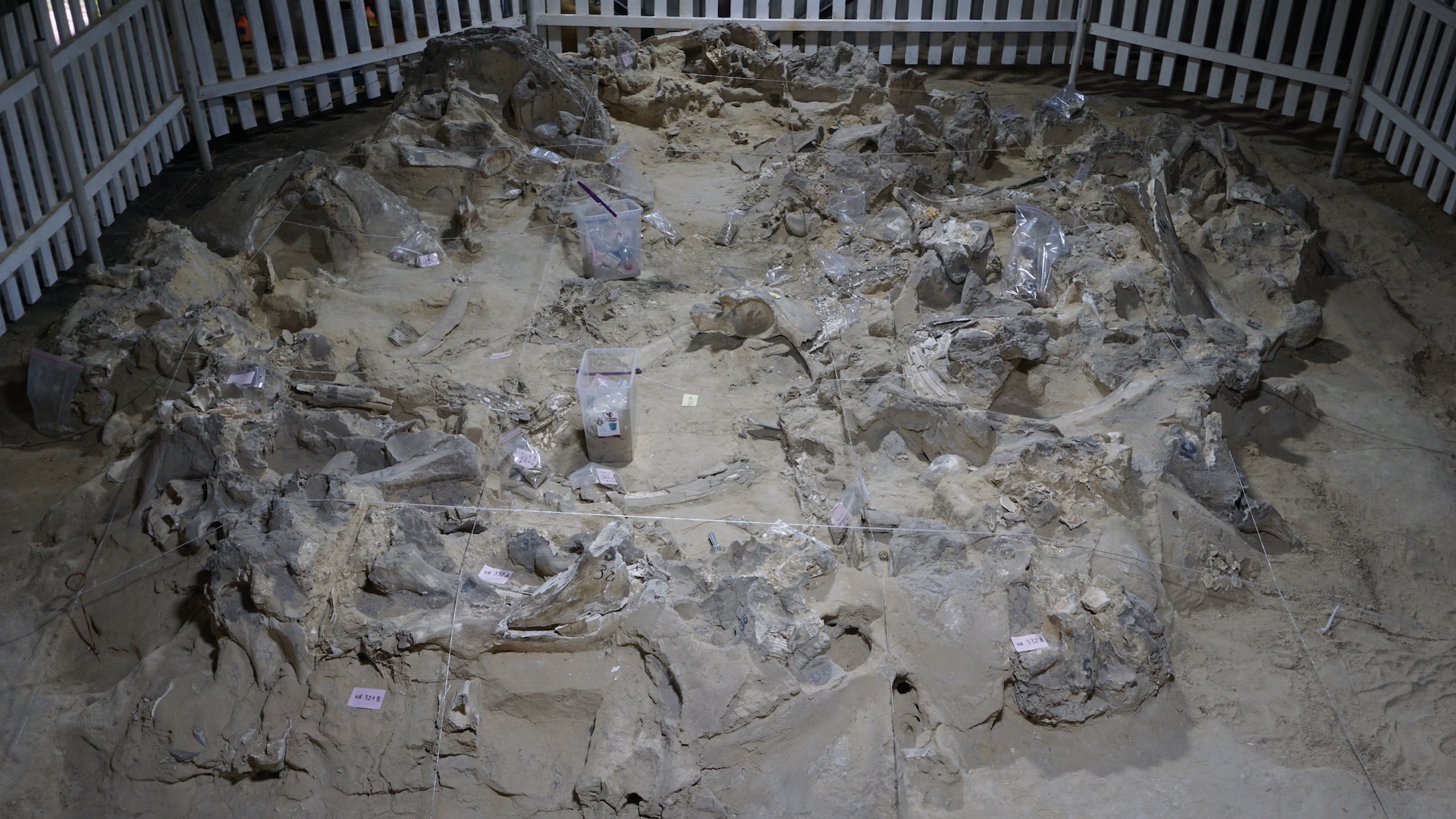Do air purifiers help with dust?
Can air purifiers help with dust and dust mite allergies? We ask the experts.

Many people decide to invest in air purifiers to help ward off seasonal allergies, like the hay fever that flares up in spring, summer and early fall. These appliances are capable of removing the pollen particles behind seasonal allergies from the air.
But do air purifiers help with dust? And more specifically, can they reduce the symptoms of dust mite allergies?
In short: yes, but only slightly.
Dust mites are microscopic arachnids that commonly live in household dust, feeding on flecks of skin shed by humans and their pets. The tiny pests lurk in soft surfaces, such as bedding, carpets and curtains, and they can aggravate people's allergies.
That's because, although people often assume dust itself sets off their allergies, it's particles left behind by dust mites that are usually to blame. It is typically proteins in the dust mites' droppings, rather than the mites themselves, that cause allergy symptoms.
Once the dust mites have had a good gnash of your dead skin cells, the enzymes they use to break down the food come out the other end in small fecal pellets, which are incredibly potent allergens, Dr. Jay Portnoy, head of allergy, asthma and immunology at Children's Mercy Hospitals and Clinics in Kansas City, Missouri, told Live Science. These droppings get caught up in so-called dust traps, such as carpets, rugs, blankets and curtains.
Dust mites do not tend to float in the air like fine dust particles, although the allergens they leave behind in dust can get stirred up when people vacuum or sweep.
Get the world’s most fascinating discoveries delivered straight to your inbox.
While air purifiers are effective at removing the majority of the offending allergens from a single room, they do not take away all the airborne particles, Dr. Alana Biggers-Walker, associate professor of medicine at the University of Illinois Chicago, told Live Science. And they don't get at the root of the problem: the dust mites and the dusty furnishings they live in.
Nonetheless, according to a meta-analysis published June 2024 in the World Allergy Organization Journal, air purifiers may significantly reduce some of the symptoms of dust mite allergies, including sneezing and runny nose. But these benefits are only seen when the filters are used overnight and in the "breathing zone," meaning in very close proximity (within a 30 centimeters or 10 inches radius) to a person's nose and mouth.
Ultimately, though, the review suggests that this nighttime air purification may still be less effective than taking extensive control measures over your bedroom's cleanliness — by using mite-resistant bedding covers, cleaning soft furnishings frequently and vacuuming carpets thoroughly.
- Related: How to get rid of dust mites?
The takeaway? While there is some evidence that air purifiers can help reduce the symptoms of dust-mite allergies, they should not be considered as a main line of defense against this common household pest, scientists have concluded. Live Science has reviewed the best air purifiers and recommends models with HEPA filters as they tend to be the most effective at removing tiny dust mite allergens from the air.
This article is for informational purposes only and is not meant to offer medical advice.
Related stories:
— Do air purifiers help with allergies?
— How can air purifiers help with asthma?
— Do air purifiers help with mold?
Katie is a freelance journalist, sub-editor, and web content writer who covers everything from hobbies to luxury travel and wellness. Throughout her freelance career, she has been a regular contributor to LiveScience's sister site, Top Ten Reviews, and other publications. A content writer for a travel booking website and Assistant Editor for a luxury travel magazine, Katie is fascinated with the digital sphere and how it helps to inform and inspire people.



